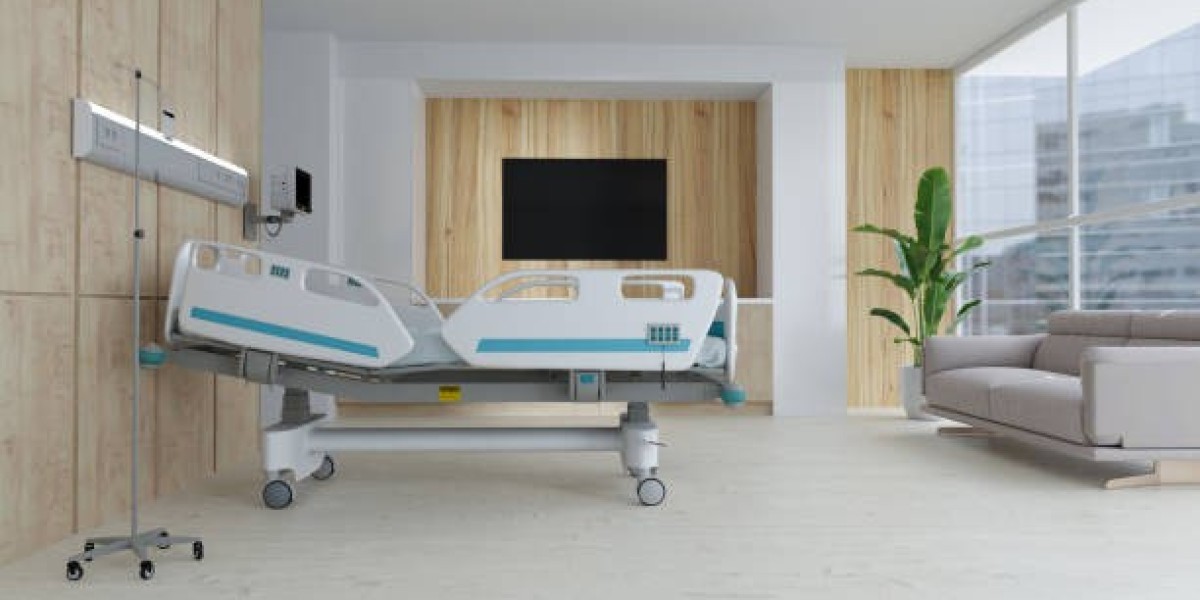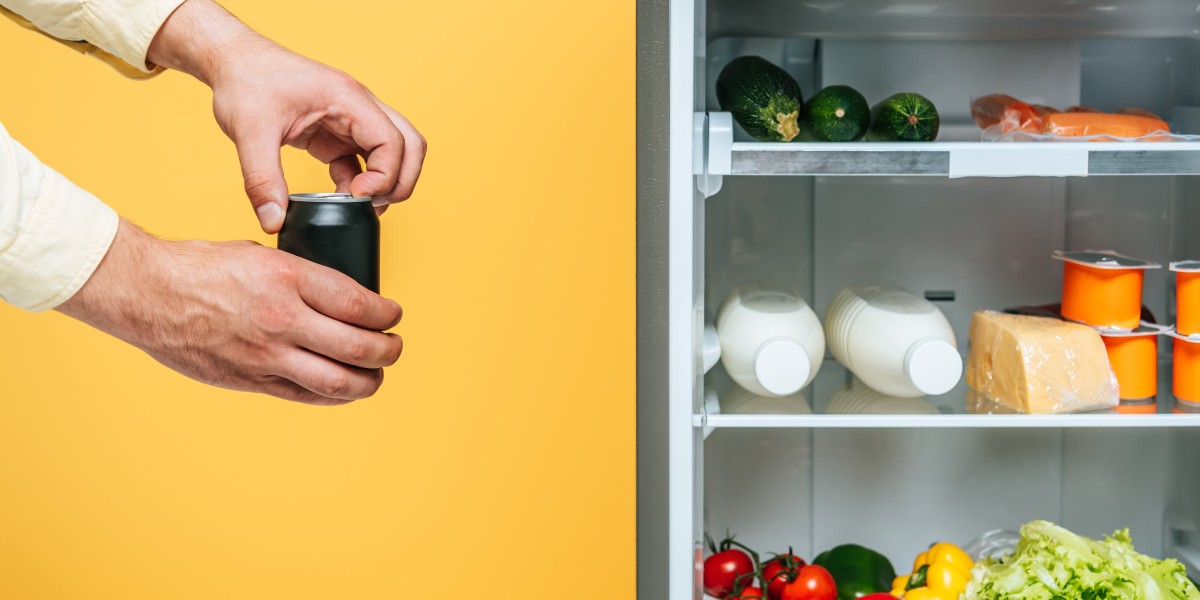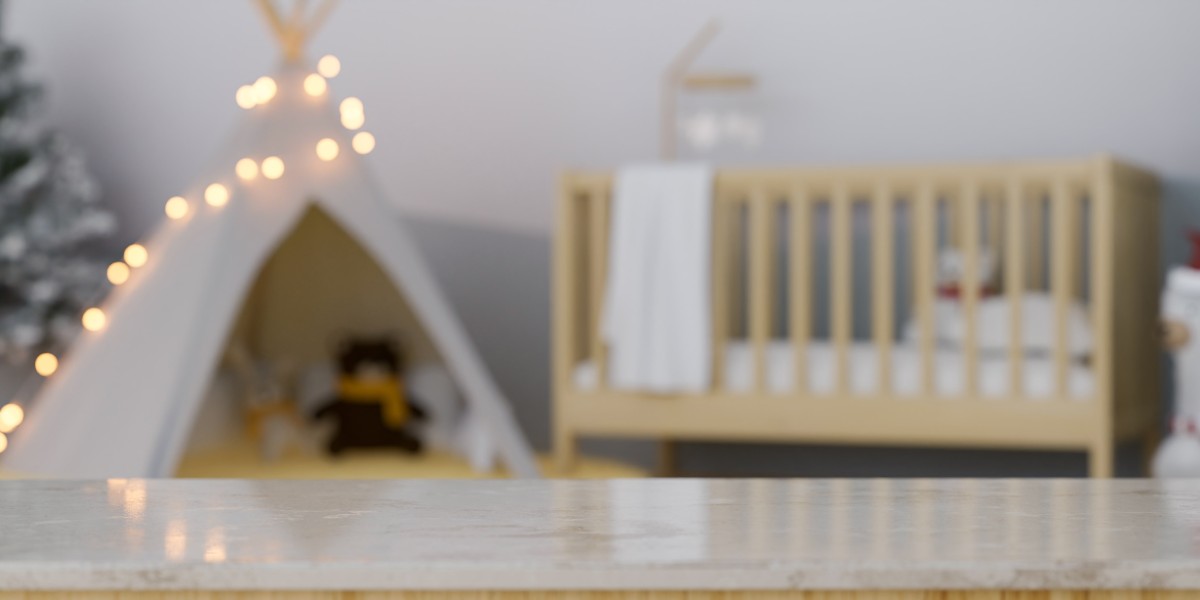Imagine the ability to take care of your critically ill loved ones as if in a medical ICU in the hospital, but within the comfort of your home, it is no longer a dream. Home healthcare solutions have advanced such that the possibility of bringing an ICU home in safety and comfort to families who want personalized care at reduced costs is becoming increasingly real. real. Hence, the best room for home ICU is not just the supply of medical equipment but guaranteeing the appropriate care and safety of the patients.
Assessing Space Availability
The selection of the appropriate room that can suit your home ICU setup considerations, in relation to size and layout, assesses available spaces within your home so that it can serve the medical equipment requirements besides patient and caregiver needs.
1. Room Size and Layout
The room should be big enough for the necessary accommodation of significant medical equipment, such as hospital beds, ventilators, and monitoring equipment, of course, but also space where healthcare professionals can move around. Ideally, there should be room so the care equipment is setup well without clutter and accessibility ease for caregivers in emergency times.
2. Accessibility
The room should be easily available to both the patients and the caregivers. It should be either on the ground level or must be on the first level if it has an elevator to ease its accessibility. Other considerations with regard to accessibility in ICU setup at home are that there should be enough door width to allow the easy passage of equipment through the door, and it does not create any movement limitation.
Ensuring Proper Ventilation and Lighting
Ventilation and lighting are aspects of a healthy atmosphere, well cared for in order to keep good well-being within a home ICU setup considerations.
1. Natural Light
Exposure to the sun brings very huge benefits to a patient's mental and physical health. Apart from the mood-improving effects, promoting faster recovery, and because it shows encouragement of the body's circadian rhythms, sunlight can help one regain the routine nature of being in a room with large windows or full daylight exposure. Natural light may have positive effects on one's emotional state, normalize sleep, and create optimism while coming out of recovery periods.
2. Ventilation Needs
Ventilation is the first measure against infections and provides a fresh and comfortable room climate. Heating and air conditioning devices can also be installed for permanent fresh air supplies of the rooms. This minimizes circulation of airborne sporules, and plays a role in controlling room temperatures which are very important to the comfort of patients.
Electrical and Power Considerations
The reliable, uninterrupted power supply is of prime importance in any ICU setup at home since the equipment is lifesaving in nature. Suitable infrastructure of power support will ensure that there is not too much disruption, hence preventing dangerous breaks.
1. Power Supply
An assured supply of reliable and stable power to the room to house the ICU is very vital. For the ICU at home, a backup system like a generator or UPS should be installed in case of need to maintain the constant operation of the critical equipment in case of a power outage. Thus, appropriate patient care during ventilators and monitors are always in action.
2. Outlet Availability
Ensures a proper number of electrical outlets in the room to accommodate all necessary medical equipment at once to provide power to all necessary medical equipment. Extension cords and power strips can also be utilized as supplemental, using only good-quality surge-protected units to prevent electrical overload or even dangerous hazards. By proper planning and careful placement, the room's power will not flicker off, which essentially means the best room for a home ICU will enjoy safety and efficiency. Proximity to Essential Facilities
Selecting a room that is close to all basic facilities around the house can easily increase the accessibility in the home ICU setup.
1. Bathroom Access
Bathrooms are very significant in providing hygiene and immediate attention the patients require at constant times. A safety-enhancing bathroom right next to a patient who needs constant supervision can be very helpful in preventing falls and making it easier for caregivers. This can go a long way in serving both requirements in a patient's daily care hygiene and caregiver efficiency.
2. Proximity to Kitchen and Living Areas
A room near the kitchen and main areas where individuals spend most of their time is good for caregivers as it allows them to multitask perfectly while observing the patient, hence managing the household. Such a location allows patients to interact more with family members.
Privacy and Noise Control
Creating a relaxed area prevents pressure and will provide the individual an essential chance to rest and recover.
1. Noise Levels
The patient’s room should be located in as quiet an area of the home as possible, as noise is likely to disturb the patient’s rest and recovery. High-pitch noises interfere with the sleeping pattern, increase stress, and can even slow down the rate of healing. Background noise is minimized for better sleep quality, but still creates an atmosphere conducive to gentle restful recovery.
2. Privacy
Room dividers or curtains may be used to enhance privacy. These will allow procedures and routine care to be completed without the entire household having to view the patient, thus furthering dignity and comfort.
Safety and Hygiene Measures
Severe measures of safety and hygiene must be observed to reduce the risk of infection.
1. Infection Control
ICU setup at home requires one to have regular cleaning habits that will help avoid infections. The high-touch surfaces must be disinfected and sterile medical equipment. The caregiver has to use hand sanitisers also; overall hand hygiene has to be done to reduce cross-contamination and have a safer place for the patient and those being taken care of.
2. Emergency Exits
There should be an accessible exit out in case of emergencies at any time as it is very important for any home ICU setup considerations. This will ensure the safety of not only the patient but also for the caregivers in cases of urgent situations. The emergency should thus be well identified and free from obstruction with a clear and quick course towards safety.
Customization for Medical Equipment
Making modifications to the room to accommodate medical equipment and facilitate ease of care can make a significant difference in patient management.
1. Room Modifications
Consider installing features such as wall-mounted monitors or adjustable lighting systems that cater to medical needs. If necessary, modify door frames and room dimensions to ensure accessibility in home ICU setup for medical trolleys and wheelchairs
2. Ease of Equipment Installation
Position the room so that medical equipment can be easily installed and accessed without restrictions. This includes ensuring there is enough space for installation and that devices can be operated seamlessly by healthcare professionals.
Conclusion
Setting up an ICU at home is a multifaceted process that goes beyond merely installing medical devices. By carefully selecting the appropriate space and considering essential factors such as ventilation, lighting, power supply, and proximity to necessary facilities, you can create an optimal environment for critical care. This ensures that patients receive the highest quality of care in a setting that promotes






